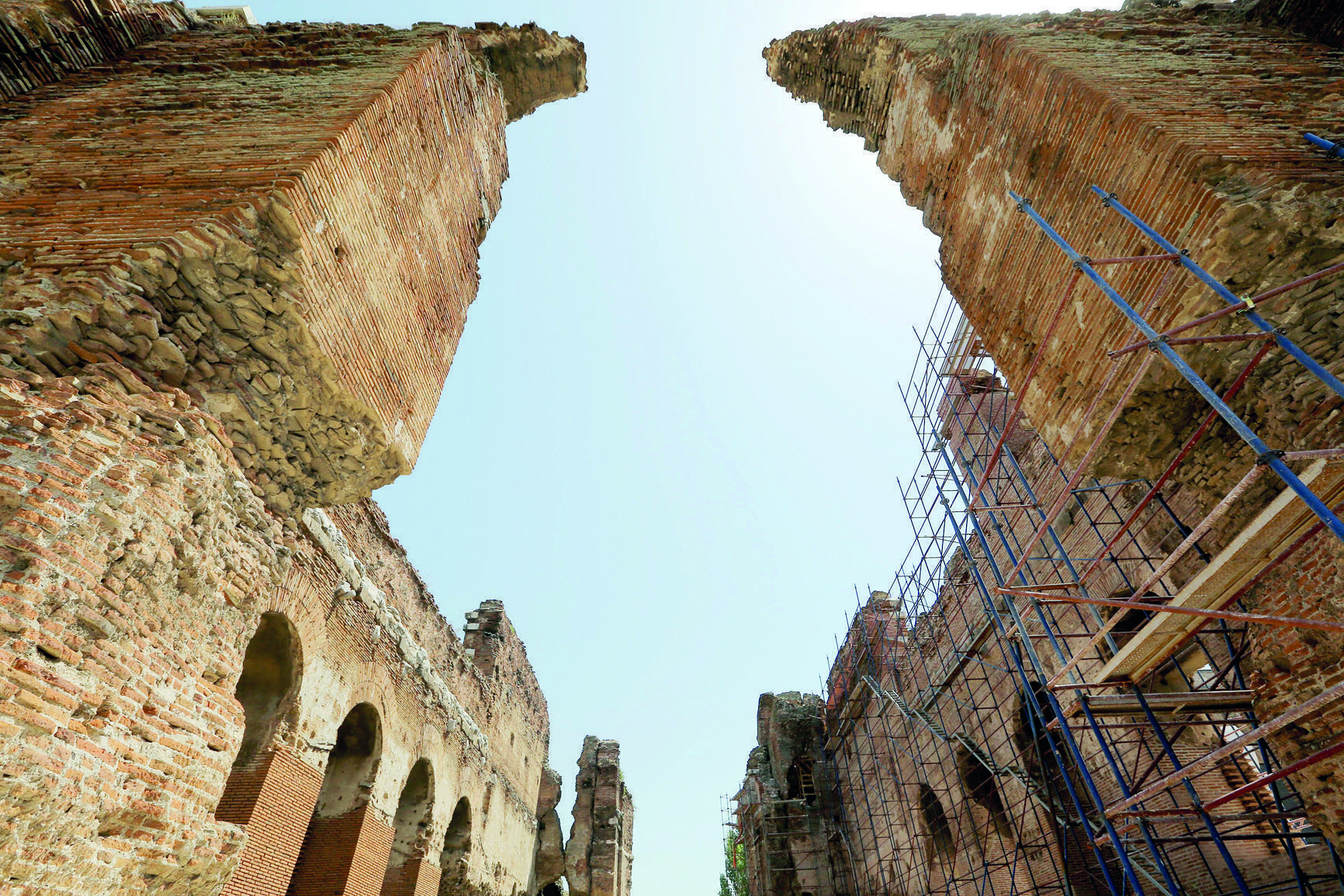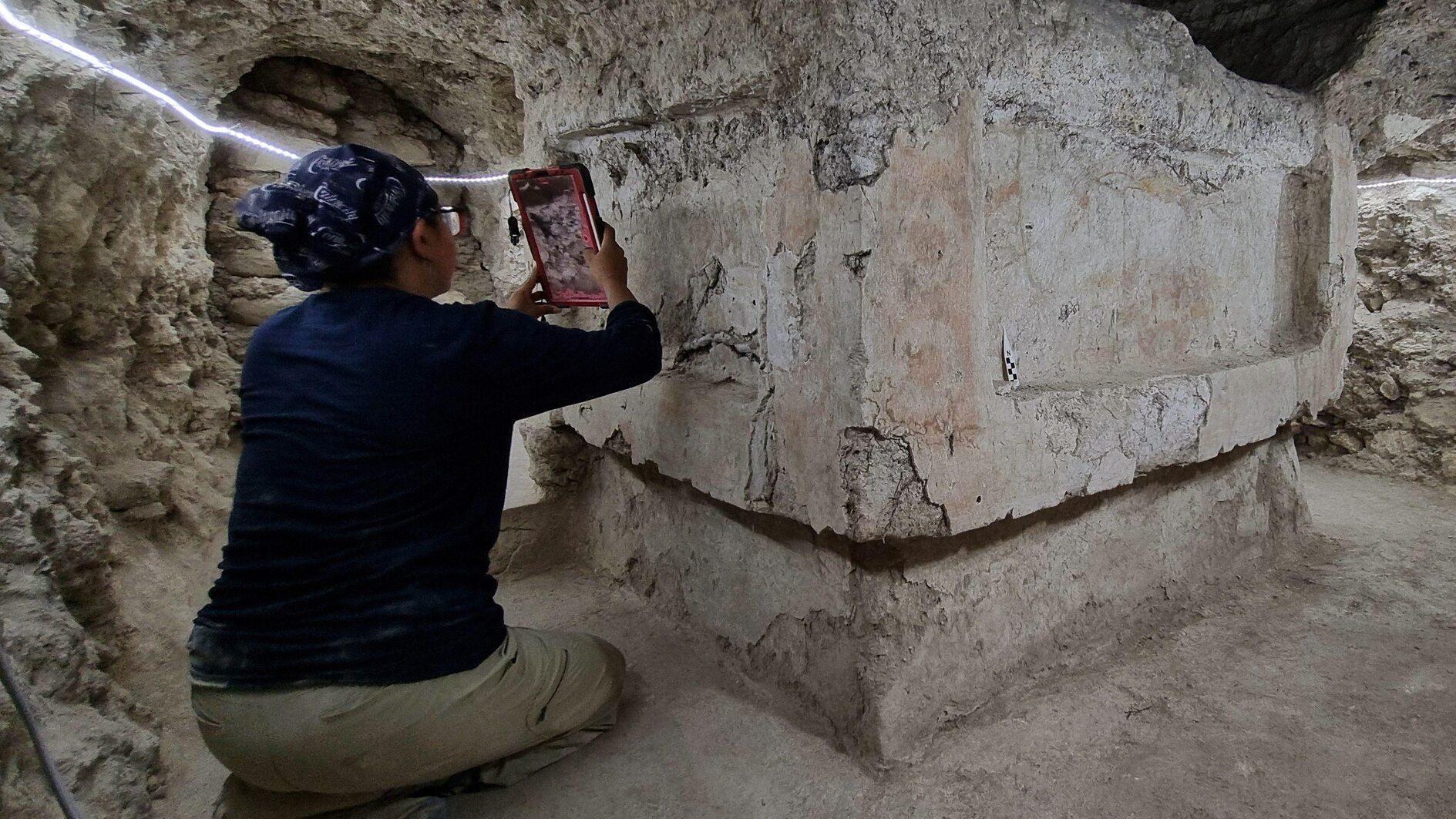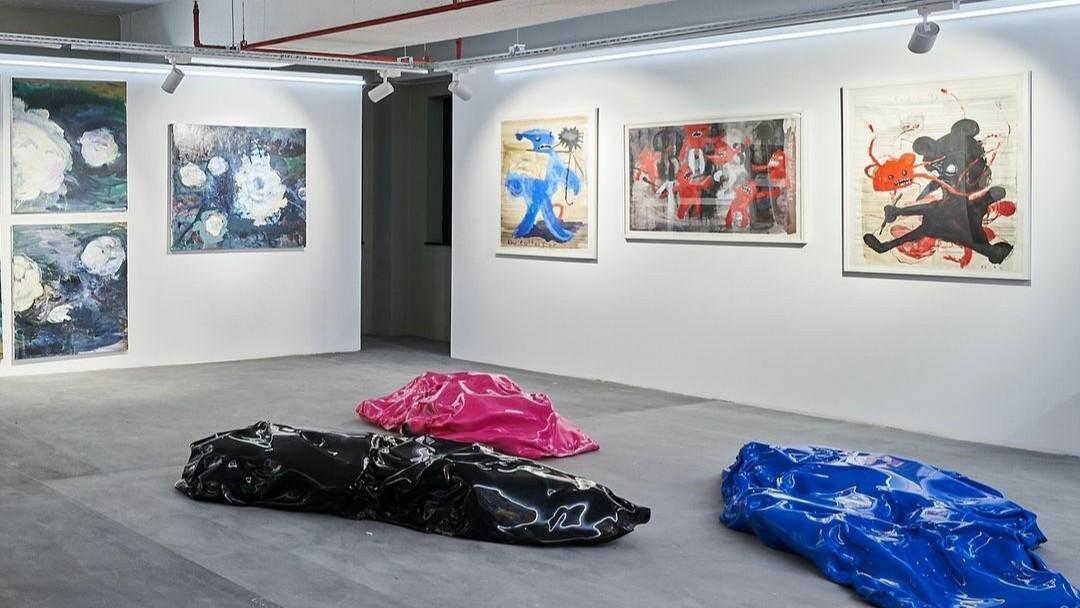Red Basilica of Bergama
İZMİR – Anadolu Agency
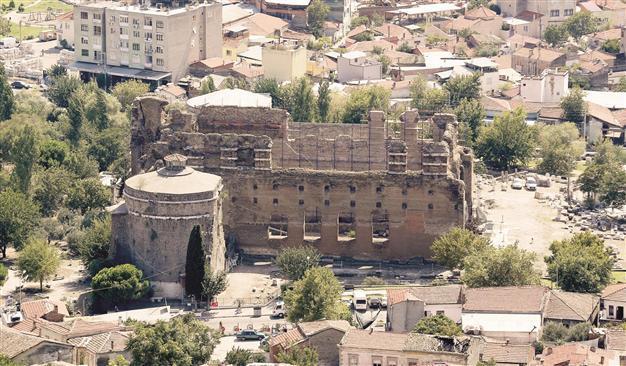
AA Photos
Archaeological excavations have begun focusing on the basement of the Red Basilica, one of the seven churches in Bergama, which is on UNESCO’s World Heritage List, and is one of the tallest surviving structures in Anatolia.The basilica is called the “red courtyard” by people because of its large courtyard and the whole structure being made up of red brick. The basilica, at 19 meters’ height, is considered a magnificent religious structure and is one of the tallest among the Roman-era structures in Anatolia.
The basilica was built at the time of Emperor Hadrian in the 2nd century A.D. and is believed to have been dedicated to the Egyptian gods Serapis and Isis. It was later extended with additional buildings and became a religious center for Christians.
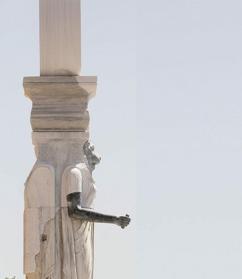 Being historically important for Christians after being converted to
a church during the Byzantine era, the basilica is a high priority for
tourists visiting Bergama. The conservation, reconstruction and
restoration of the basilica have been undertaken by the German
Archaeology Institute.
Being historically important for Christians after being converted to
a church during the Byzantine era, the basilica is a high priority for
tourists visiting Bergama. The conservation, reconstruction and
restoration of the basilica have been undertaken by the German
Archaeology Institute. The sculpture of the lion-headed Egyptian goddess Sekhmet, which was revived within the scope of the works, is the basilica’s most striking feature.
Pieces of the sculpture were modeled and completed in a 3D digital environment and the sculpture was reconstructed through this process. The sculpture was finished last year using both its original pieces, as well as new ones. With the restoration complete, it is nearly eight-meters-long now.
There are also long hidden tunnels and stairs underneath the basilica. It is presumed that the pontiff walked through these hidden tunnels, climbed to the head of a religious sculpture and indoctrinated the public on behalf of the gods.
 The German Archaeology Institute Director and head of the Bergama excavations, Dr. Felix Pirson said the restoration project was ongoing in the basilica. “The Sekhmet sculpture we opened last year draws great interest from visitors. This year, we are working on the basement level. This section is very important for the whole complex,” he said.
The German Archaeology Institute Director and head of the Bergama excavations, Dr. Felix Pirson said the restoration project was ongoing in the basilica. “The Sekhmet sculpture we opened last year draws great interest from visitors. This year, we are working on the basement level. This section is very important for the whole complex,” he said. The Bergama Museum Deputy Director Nilgün Ustura said comprehensive work had been ongoing in the main structure and restorations would soon start in the northern tower.
The restoration that started in the southern wall would be a long-term project, Ustura said, and continued: “Corrosion is seen in the brick materials. With this restoration, the structure will be reinforced and survive. We will show the religious identities of this building and its antique past to the next generations.”
